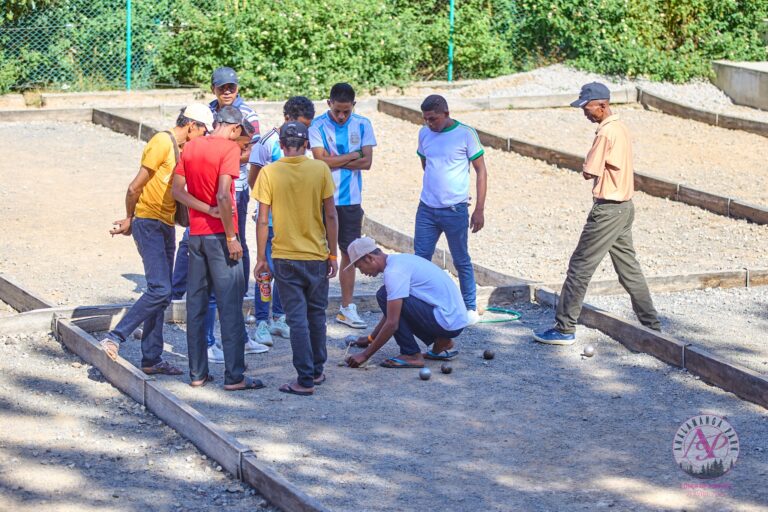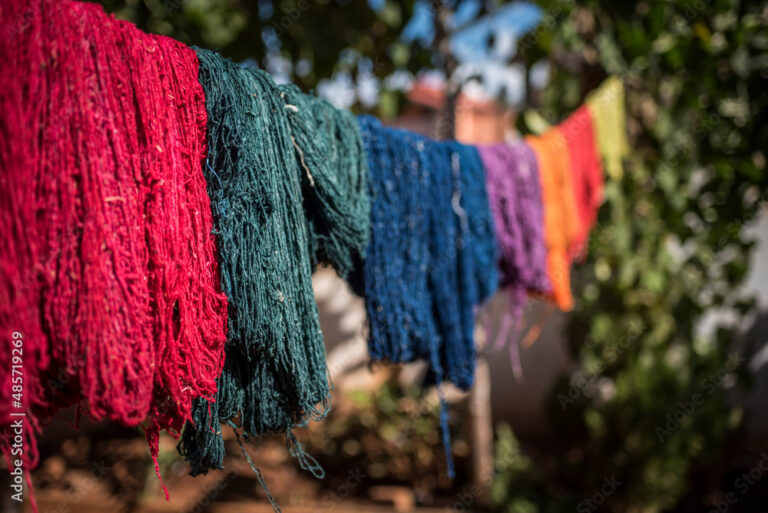Zahamena National Park, located in eastern Madagascar, is a vast protected area listed as a UNESCO World Natural Heritage site. It lies about 50 kilometers northwest of Toamasina, near Lake Alaotra, at the border of the Alaotra-Mangoro, Analanjirofo, and Atsinanana regions. In its eastern section, the Zahamena forest covers approximately 24,398 hectares. It is a dense, humid, evergreen rainforest, structured in multiple vegetative layers, with some emergent species rising over 30 meters in height. More than 700 plant species have been recorded here, 90% of which are endemic.
The park covers a total area of around 64,370 hectares, of which 42,300 hectares are open to the public, while 22,100 hectares form a strictly protected nature reserve. The terrain is extremely rugged, with only 5% of the surface considered flat. Altitudes range from 200 to 1,600 meters, and the climate varies from humid to sub-humid tropical, with annual rainfall between 1,800 and 4,000 mm depending on the area, and temperatures reaching up to 35°C on the eastern slope. Access to the park is via National Road 44, through Moramanga and Ambatondrazaka, followed by about 15 kilometers of secondary track.
Zahamena Park is home to biodiversity typical of Madagascar’s lowland, mid-altitude, and high-altitude humid rainforests on the east coast. The following table illustrates the richness of recorded species:
| Group | Number of Species | Notable Examples |
| Lemurs | 13 | Propithecus diadema diadema (Simpona), Eulemur fulvus |
| Birds | 112 | Several rare endemic species |
| Reptiles | 46+ | Chameleons, snakes, geckos |
| Amphibians | 62 | Local species sensitive to microclimate variations |
| Mammals | 48 | Forest insectivores, endemic bats |
| Flora | 700+ | Orchids, Dypsis fibrosa, Pygeum africanum |
This natural heritage plays a vital role in water regulation and ecosystem preservation. It feeds numerous waterways that irrigate the Alaotra valleys and the coastal plains of Toamasina, while helping to maintain regional hydrological balance.
However, the park faces several threats: deforestation for agriculture, illegal logging, poaching, artisanal mining, bushfires, and stray domestic animals. These pressures jeopardize habitat stability and encourage the spread of invasive species.
The local populations, primarily from the Sihanaka and Betsimisaraka ethnic groups, partially depend on the region’s natural resources. The park’s conservation is supported by several international partners, including the Global Environment Facility (GEF), which contributes to protecting this area so vital to Madagascar’s biodiversity and future generations.






